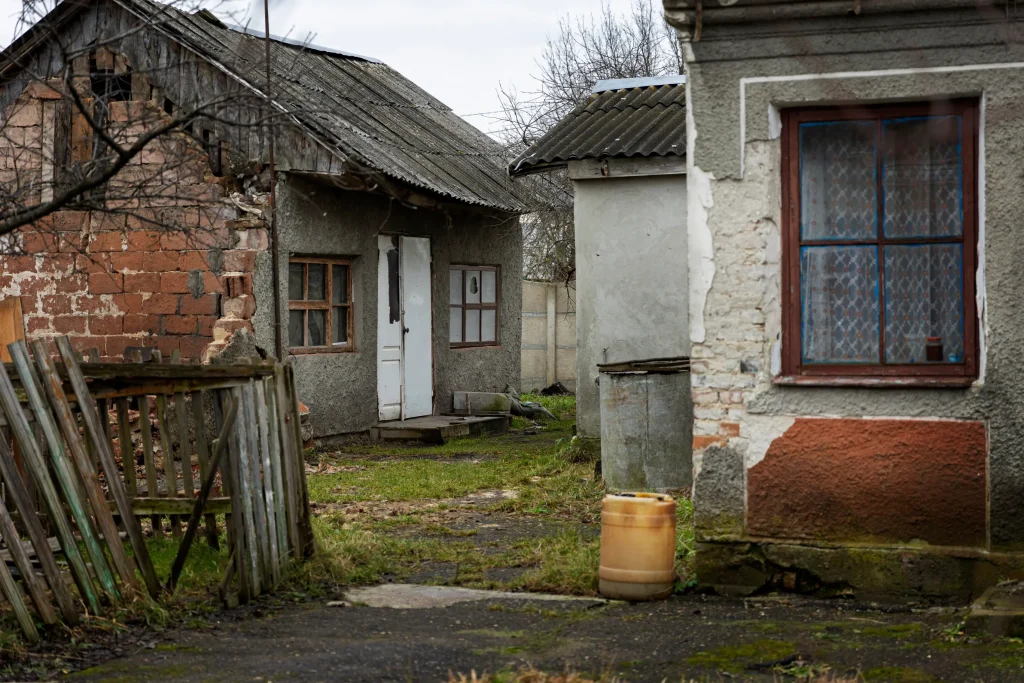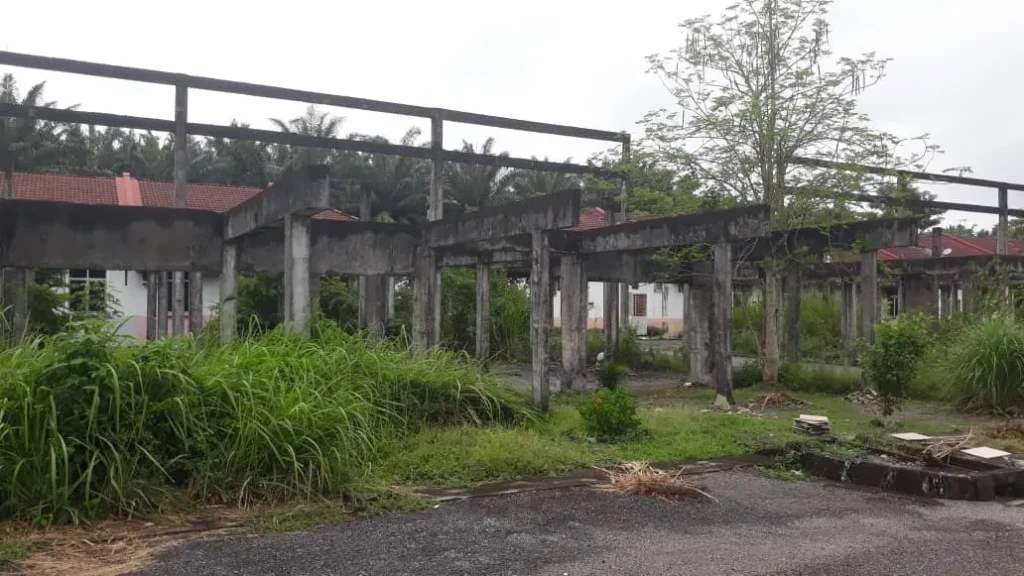
For most Malaysians, buying a home is a once-in-a-lifetime milestone — often funded through decades of savings and a long-term mortgage. But for thousands of homebuyers, this dream has turned into a nightmare. They are paying for homes they may never step foot in, trapped in a cycle of uncertainty caused by abandoned housing projects.
Abandoned housing projects occur when developers fail to complete construction, leaving half-built homes to deteriorate over time.
This issue isn’t new, but it continues to plague the property sector, hurting not just homebuyers but also developers, financiers, and Malaysia’s housing market as a whole.
What Counts as Abandoned Housing?
In Malaysia, a housing project is officially declared abandoned when:
- Project fails to be completed within the agreed timeline as per Sales and Purchase Agreement (SPA),
- Work has stopped for more than six consecutive months,
- The developer is unable to proceed due to winding-up proceedings, and
According to the Ministry of Local Government Development (KPKT), as of October 2024:
- 113 projects were classified as abandoned,
- 212 projects delayed,
- 382 projects labelled “sick” (significantly behind schedule).
In total, this represents 29,511 housing units and affects over 16,000 buyers nationwide, with a gross development value (GDV) of RM113.25 billion.
Why Do Housing Projects Get Abandoned?
The reasons are complex, but several recurring themes emerge:
- Developer Mismanagement – Weak financial planning, lack of feasibility studies, or poor project execution often leave developers unable to deliver.
- Cash Flow Problems – Rising construction costs, insufficient sales, or over-reliance on buyer progress payments (under the Sell-Then-Build model).
- Regulatory and Enforcement Gaps – Not all developers are strictly monitored, allowing poorly capitalised projects to launch.
- Poor Market Planning – Projects launched without studying demand and pricing may struggle to attract buyers.
- Economic Shocks – External crises, such as the unexpected pandemic, and other economic slowdown have also caused significant delays and abandonment.
At its core, abandoned housing reflects underlying challenges in Malaysia’s housing delivery system.
The Human Cost of Abandoned Housing

Behind the statistics are thousands of families stuck in limbo:
- Double Financial Burden – Buyers must keep paying their mortgage while also paying rent for a place to live.
- Bankruptcy Risk – Some buyers cannot cope with dual commitments, leading to default.
- Emotional Stress – Families are left uncertain about when — or if — they will ever get their keys.
- Trust Deficit – The wider public grows more sceptical of developers, particularly in high-risk areas.
These struggles illustrate why abandoned housing is not just a technical or legal issue but a human crisis.
Wider Impacts on Malaysia’s Property Market
Abandoned housing doesn’t just hurt individual buyers — it affects the entire ecosystem:
- Oversupply of Unfinished Units – Adds to the property overhang problem.
- Erosion of Buyer Confidence – Potential buyers may hesitate to purchase under-construction homes.
- Financial Strain on Banks – Institutions holding mortgages for abandoned units face higher risks of non-performing loans.
- Urban Blight – Half-built projects lower the appeal of surrounding neighbourhoods and attract vandalism or safety hazards.
These ripple effects show how abandoned housing weakens Malaysia’s property market stability.
(Find out more about property valuation here)
What Is Being Done?
The government has long recognised the seriousness of abandoned housing. Some key efforts include:
- Task Force on Sick and Abandoned Private Housing Projects (TFST) – Established to identify, monitor, and attempt rehabilitation of stalled projects.
- Revival Efforts – In some cases, new developers are brought in to complete projects, though this often involves redesign or reduced quality.
- Policy Debates – Calls for reforms to prevent future abandonment, including tighter licensing requirements for developers and mandatory feasibility studies.
- Build-Then-Sell (BTS) Model – Proposed as an alternative to the current Sell-Then-Build (STB) model. Under BTS, developers can only sell homes once construction is complete, reducing buyer risk but raising questions about cost and feasibility. ( Read more about BTS Model here )
Criticisms and Challenges

While progress is being made, solutions are not without problems:
- Revival Is Costly and Slow – Many abandoned projects take years to restart, if at all.
- Limited Funding – Rescue efforts often require significant financial support that is not always available.
- Developer Resistance to BTS – Many argue that the model increases costs and reduces the number of new launches.
- Buyer Protections Still Weak – Despite reforms, buyers still shoulder most of the risk under current laws.
Critics argue that without stronger enforcement, better financing safeguards, and stricter oversight, abandoned housing will remain a recurring issue.
How Can Buyers Protect Themselves?
While systemic reforms are needed, buyers can take steps to reduce their exposure:
- Research the Developer – Check track record, financial stability, and past projects.
- Understand the Contract – Know your rights under the Sale and Purchase Agreement (SPA).
- Check Approvals – Ensure the project is properly licensed and approved by authorities.
- Engage Independent Professionals – Valuers and lawyers can help spot red flags.
Vigilance at the buying stage may not eliminate risks, but it can make a big difference.
Final Thoughts
Abandoned housing remains one of Malaysia’s most painful property challenges — leaving tens of thousands of Malaysians waiting indefinitely for homes that may never arrive.
For buyers, it means broken dreams and heavy financial burdens. For the market, it means eroded trust and weakened confidence. For policymakers, it signals the urgent need for reform.
As Malaysia continues to urbanise, the lesson is clear: housing must be built on strong foundations of planning, regulation, and accountability — or risk leaving more families in limbo.


